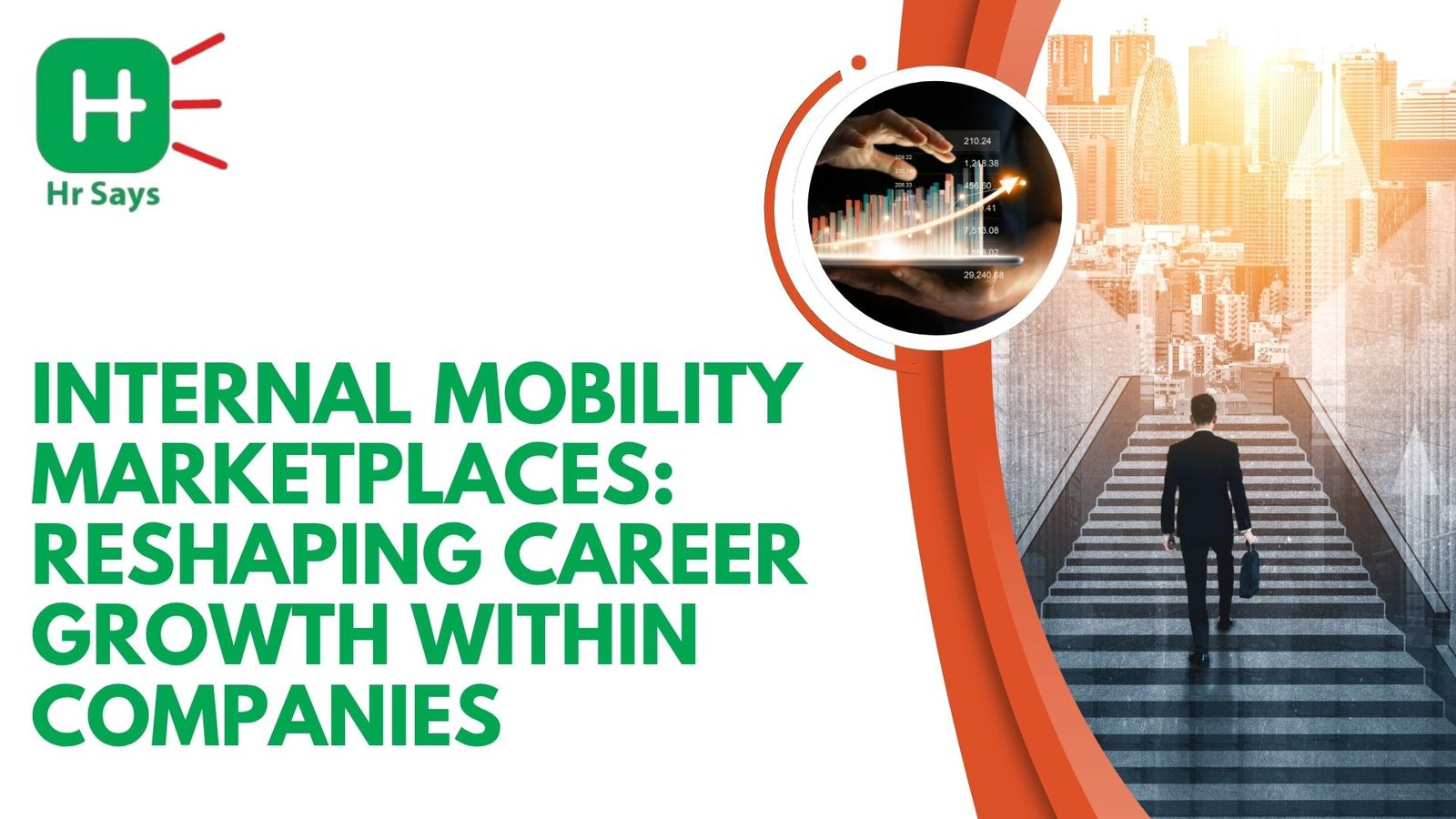What if your next job didn’t require a new employer—just a new conversation?
In modern workplaces, talent is everywhere. But it’s often locked in silos. Internal mobility marketplaces are trying to change that. Not with slogans, but with systems.
The Shift: From Ladder to Landscape
Once, career paths were straight. You climbed a ladder—one rung at a time. Now, those ladders have flattened into landscapes.
Employees want to move. But they don’t always want to leave. The problem? They often don’t know where to go—within.
That’s where internal mobility comes in. Not through HR emails or half-hearted promotion talks, but through marketplaces—live, searchable, and open.
In these systems, employees can:
● See open roles across departments
● Apply directly to internal gigs
● Join projects temporarily to test new skills
● Explore mentorships or shadowing options
It feels more like a platform, not a hierarchy.
Why This Model Matters
It’s not just about movement. It’s about visibility.
Talented people often stay stuck because no one sees what they’re capable of. Managers guard talent like treasure. Departments run like islands.
Internal marketplaces break that pattern. They do what LinkedIn did—but inside the firewall.
They benefit both sides:
● Employees feel empowered to explore
● Companies retain skills, reduce hiring costs
● Managers see what’s possible beyond their team
But it’s not magic.
The Friction Points
Let’s pause.
Not every company pulls this off. Some face resistance.
● Managers fear losing top performers
● Leaders worry about disrupting team balance
● Employees hesitate, unsure if moving is “safe”
And when the culture doesn’t back the system, it falls flat.
A portal without psychological safety is just another tab ignored.
Designing the Marketplace Right
To work, internal mobility needs more than a tool. It needs trust, clarity, and permission to explore.
That means:
● Making roles and projects visible to all
● Removing manager approval as a barrier
● Rewarding lateral moves, not just upward ones
● Encouraging employees to learn, not just perform
A good internal marketplace is quiet but powerful. It doesn’t shout. It invites.
Conclusion
Careers today aren’t built on titles. They’re built on experiences. Internal mobility marketplaces offer a way to grow without leaving. But only if the culture allows it. The tools can be built. The challenge is letting people use them—freely, safely, and often.

 A new kind of job market is growing—not outside, but inside companies. Internal mobility marketplaces are changing how careers are shaped, skills are built, and opportunities are discovered.
A new kind of job market is growing—not outside, but inside companies. Internal mobility marketplaces are changing how careers are shaped, skills are built, and opportunities are discovered.












.jpeg)
.jpeg)

.jpeg)

.jpeg)


.jpeg)

.jpeg)

.jpeg)


